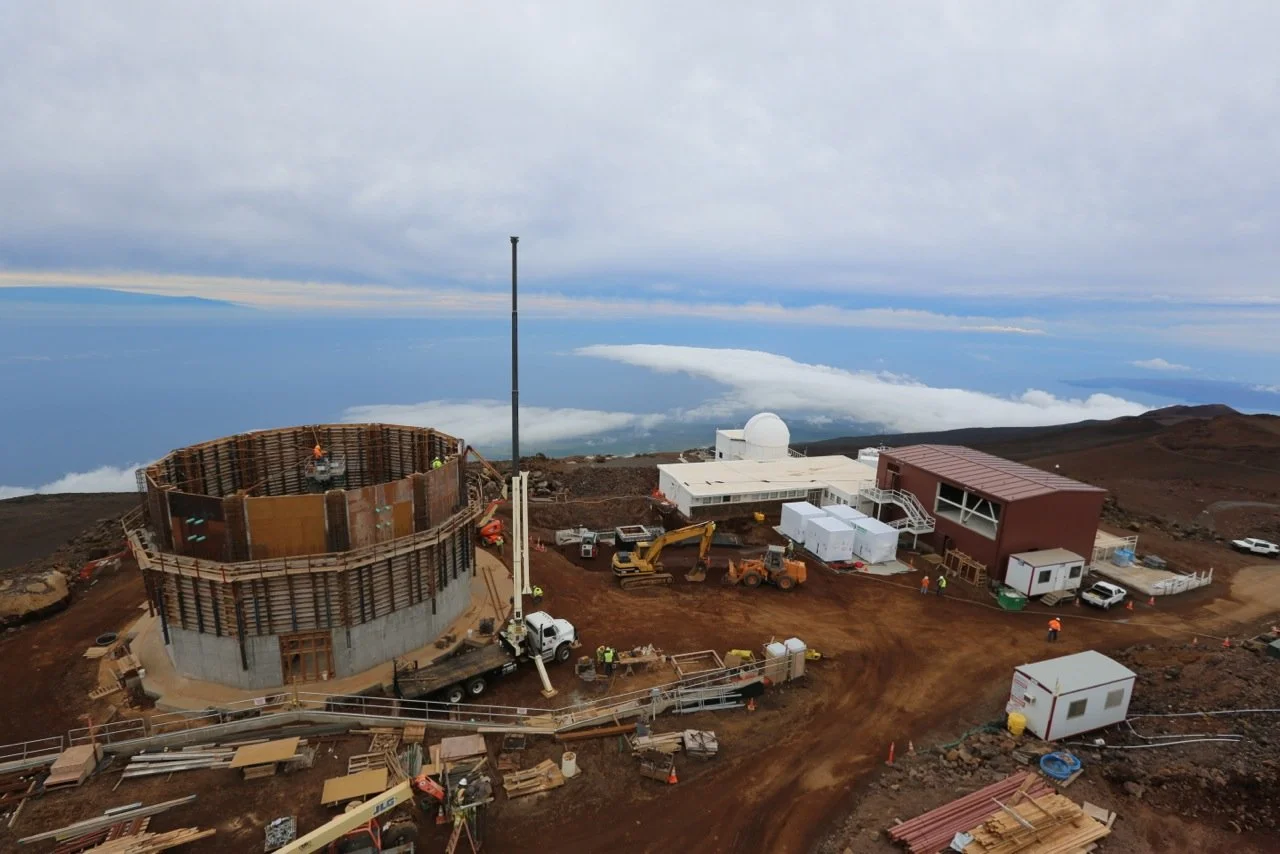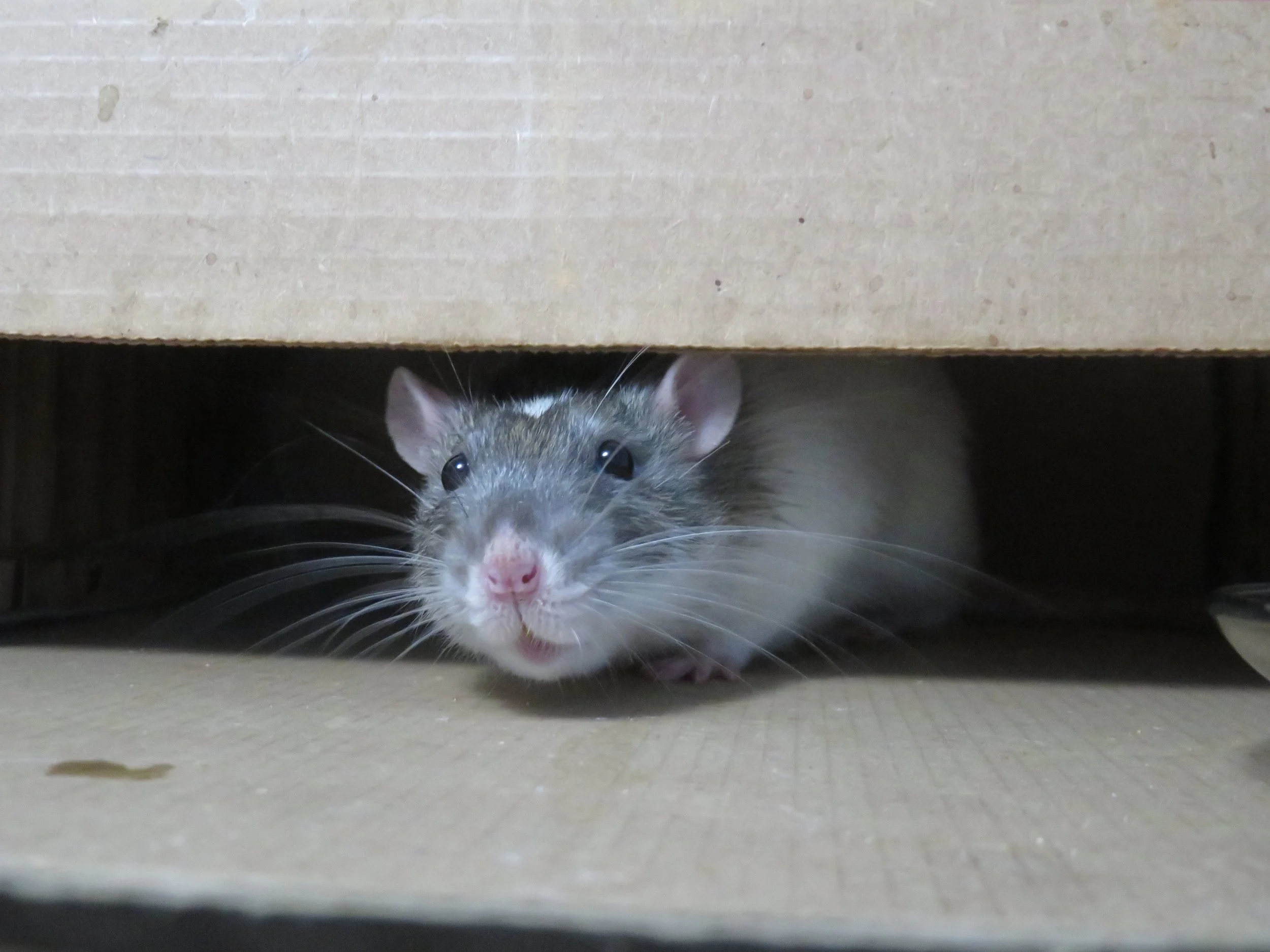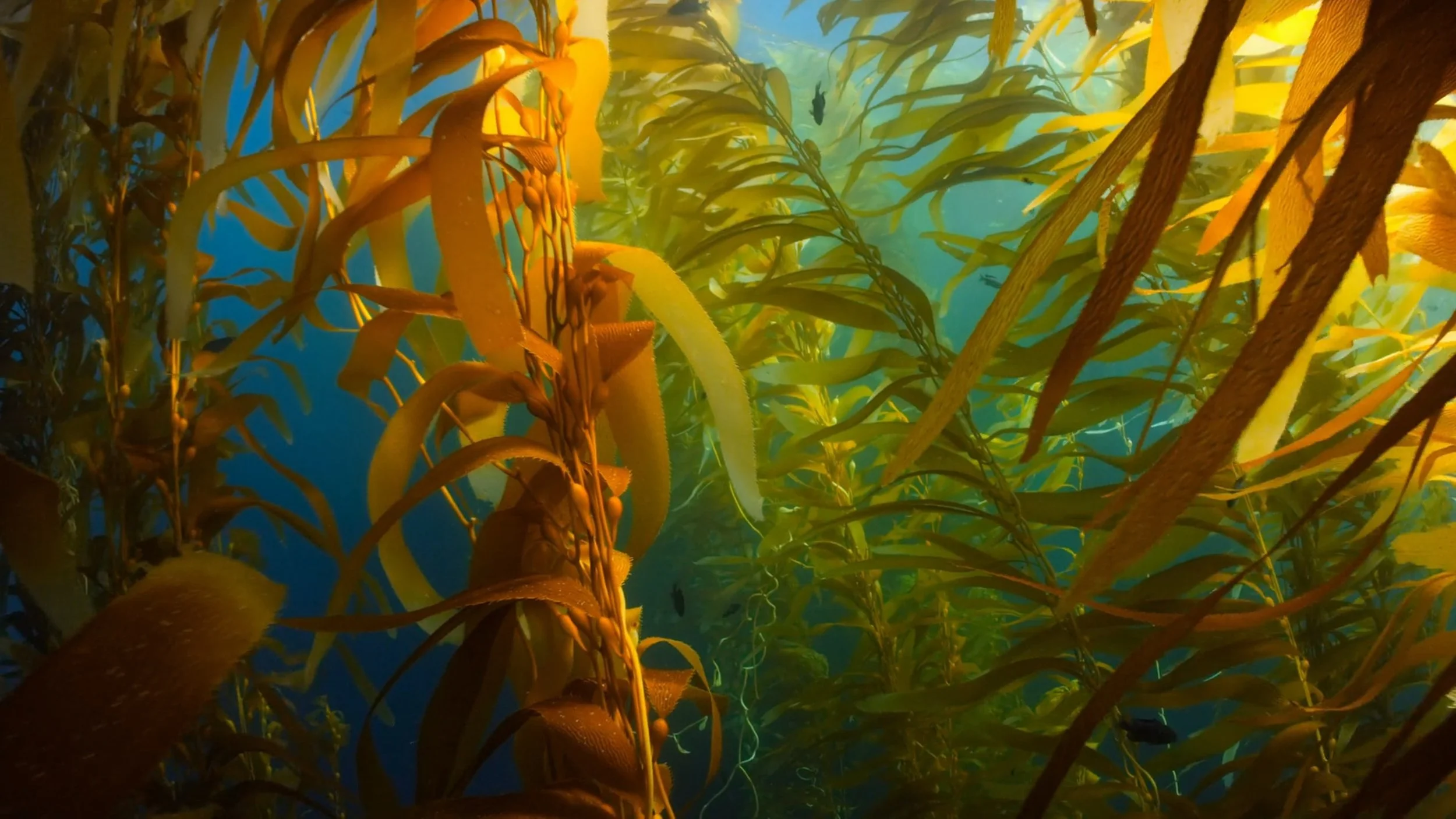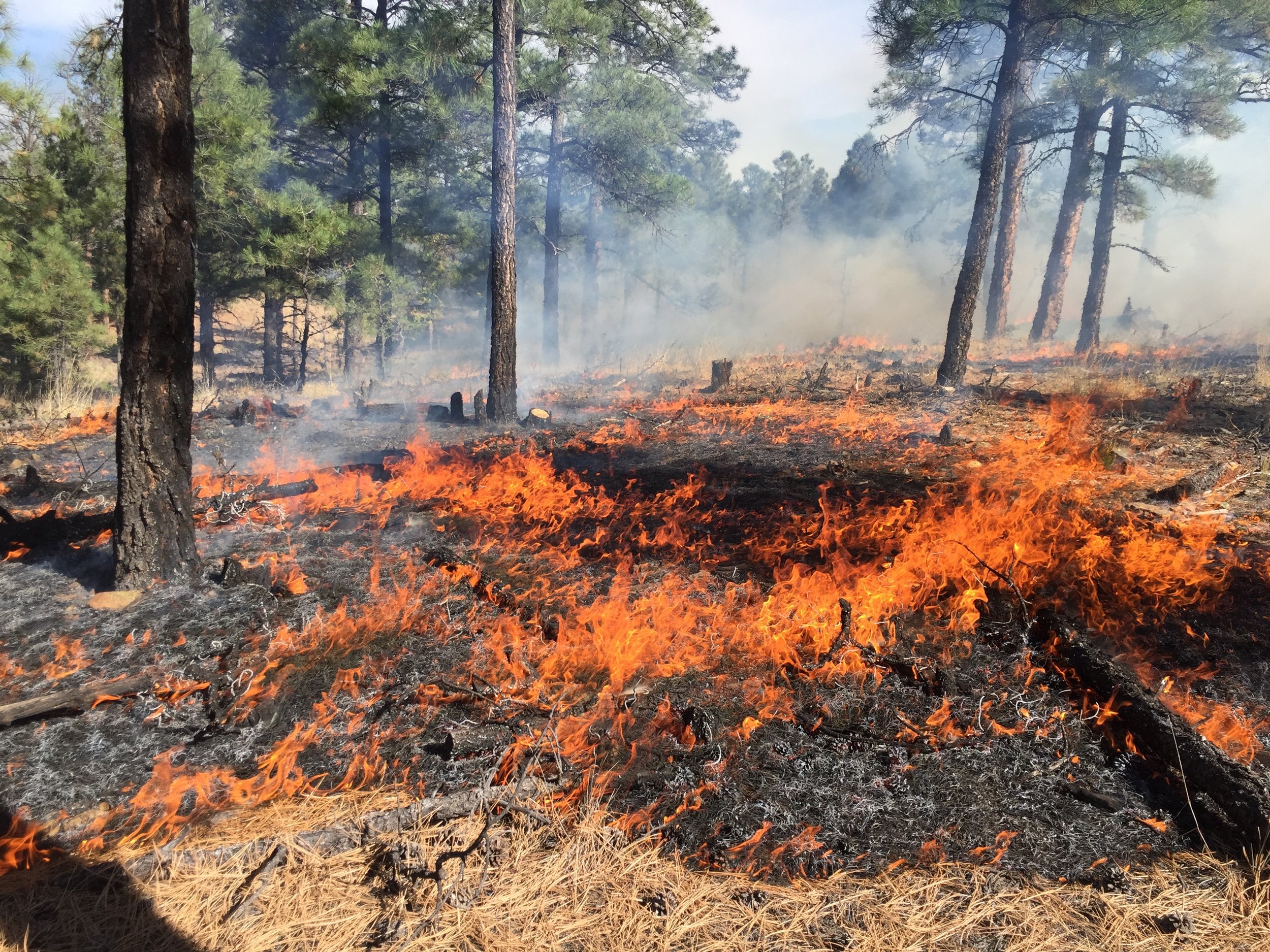Wrestling The Sun
The mysteries of our star and resilience in the human science-relationship
Sunrise from Haleakalā. Image credit: Pixabay
by Tricia Steele
January 05, 2023
When Māui forced Ka Lā, the Sun, to slow its journey and lengthen the day, according to a traditional Hawaiian story, he fashioned ropes of coconut fibers to lasso the Sun's legs as it rose above the heights of the Haleakalā volcano. Once snared in fibrous tangles, the Sun promised to linger longer in the sky during the growing season in return for freedom.
The Daniel K. Inouye Solar Telescope on Haleakalā, Maui. Image credit: NSO/NSF/AURA (CC BY 4.0).
The Daniel K. Inouye Solar Telescope recently began gazing from that same “House of the Sun” summit. Described by the National Science Foundation (NSF) as the “world’s largest and most powerful solar telescope,” it is like a microscope on our star, helping scientists study its flares and eruptions so we can better arm ourselves against its volatile power.
Solar astronomers who plan to use the telescope declared in 2021 in Solar Physics that the Inouye will “revolutionize” how scientists “measure, understand, and model the basic physical processes” of the sun. The sun swaps its magnetic field every 11 years, and like on gaseous planets, the material near its poles moves much slower than the material at its belt. This combination of field-flipping and differential rotation causes tangles that create the sunspots that eventually erupt and fling high-energy matter throughout the universe. But solar scientists still can’t fundamentally explain or predict these phenomena.
“It’s not the sun that has become any more dangerous,” says Claire Raftery, a solar astrophysicist and head of education at the National Solar Observatory in Boulder, Colorado, where data from the telescope is managed. “It’s that we have built lives more and more vulnerable to electromagnetic disturbance.”
Click to explore the interior of the telescope, starting with the primary mirrors near the top, to the Coude lab toward the bottom, where the scientific instruments are housed and data is collected. Image credit: NSO/NSF/AURA (CC BY 4.0).
Communications and payment networks, electric grids, and global positioning satellites can all be disrupted by high-energy particles. If solar storms hit the right location with the same intensity as they have before, a worst-case possibility includes massive, widespread power outages. The images produced by the Inouye are critical to test theories with better data and predict these events more precisely.
“Space weather prediction lags at least 50 years behind the terrestrial weather reports we rely on,” says Raftery. Global coordination of various agencies, satellites, probes, and telescopes now provides warnings eight minutes to 24 hours in advance. With more accurate data, scientists aim to predict storms sooner so that operators can better prepare for infrastructure impacts. “The sun will continue to erupt and be explosive,” says Raftery. “As a human race, we need to make sure that we’re adapting to the conditions of nature, because they’re not going to adapt to us.”
Nearly two decades ago, with funding from the NSF, the National Solar Observatory selected Maui’s Haleakalā High Altitude Observatory site as the best place on Earth to fit the rigorous requirements — according to the current selection process. The telescope makes multiple images per second with a mirror that is 4 meters (13 feet) in diameter, about twice the size of its closest colleague. It can image solar objects three times smaller than ever captured, allowing a closer look at the magnetic forces fueling solar weather.
“People love to tell that Māui story and use it to justify taking land from Native peoples and using our resources.”
Like a white cumulus cloud on the edge of the mountain, the telescope perches beside facilities run by the U.S. Air Force and the University of Hawaiʻi Maui College on land designated for observatory use by Hawaiʻi’s governor in 1961. The telescope took the name of the late Native Hawaiian Daniel K. Inouye, the second-longest-serving U.S. senator and a well-known champion of science. The Inouye team began collecting data in early 2022, and the operations testing phase will be completed in early 2023. This will allow research to begin just in time for the next maximal activity of the sun, set to be mid-act in its pole-flipping routine by 2025.
However, not all people accept the telescope’s lofty goals as critical for human resilience. The Inouye is not just a story of mechanical and technological progress — it also represents technology not fully welcomed by the people living near it. The reality of ground-based astronomical research is that the places most conducive to seeing the sky due to their distance from human light and atmospheric interference are often the very places preserved by Native communities precisely because of their remoteness and connection to Indigenous history.
It is the telescope itself that creates the most fundamental tensions. Its whole job is to be myopic, to focus intensely on an outward thing far beyond humanity. But the people living around it see both the telescope and the resources it takes to do its work. Unraveling the tangled threads around this telescope starts with the danger of the Māui story itself.
“People love to tell that Māui story and use it to justify taking land from Native peoples and using our resources,” says Samuel Kaleikoa Kaʻeo, a professor of Native studies at the University of Hawaiʻi Maui College and a prominent community leader. He was among the first arrested at the foot of Haleakalā in 2015 for blocking private contractors from bringing supplies to the telescope construction site. His charges were recently overturned by the Supreme Court of Hawaiʻi. To Kaʻeo, resilience depends less on technological feats and more on people getting together and acting with purpose.
Kaʻeo is passionate about educating kānaka maoli, or Native Hawaiians, about their collective past. He fears that, without understanding the legacy of colonial interests trumping local needs, his people will face a future disconnected from their origins and way of life.
“As an educator, I can’t help but educate,” he says. He explains how Native Hawaiians would tell the Māui stories (and there are hundreds that hold cultural, historic, and scientific information) out under the sky itself, pointing at each star in Māui’s fish hook constellation, passing down lessons and legends that were not always all they appeared on the surface. Why was Māui wrestling with the sun and trying to subdue nature? He did it to help his mother, and in some versions, he was only capable of this feat with the help of his grandmother. Embedded in the story are themes of deference to elders and willingness to fight with nature only for the sake of family.
Kaʻeo, who was born to a Native Hawaiian father and Irish immigrant mother, is dedicated to protecting natural land and Native resources. He speaks plainly of the academic groups he has clashed with during his 30-year career. “Most astronomers do not give a shit about people,” he says, “and you can quote me on that.”
While astronomers may study the sky to defend a theoretically human cause, Kaʻeo looks out from his daily commute and sees people around him with pressing needs. He views the activism at the solar telescope and even the resulting construction as a win for a growing Indigenous movement. He credits those protests with causing a ramp-up of resistance to other, larger projects around the world, as Indigenous groups fight against various corporate, academic, government, or military interests.
Construction of the telescope in 2014. Image credit: NSO/NSF/AURA (CC BY 4.0).
The protests and the picket lines at Haleakalā did foster change. After the arrests, a cultural working group was established to collaborate with Native and local community leaders. These efforts, combined with ecological impact reports, led to a reduction in the planned footprint of the Inouye. The group’s work also led to increased funding for scholarships and STEM-related internships, plus mandatory cultural training for all employees. Policies were enacted to protect telescope time for local researchers, prioritize hiring of locals, and preserve places of worship.
To many, these concessions seem like a model for a sustainable relationship between a scientific organization and locals impacted by the telescope. Still, to some on the ground like Kaʻeo, any concessions fail to address a persistent, fundamental imbalance of power and control.
This imbalance has been most visible on the island of Hawaiʻi, where demonstrations have resulted in clashes between police and protestors — or “protectors,” as they identify themselves — who are opposed to the construction of the Thirty Meter Telescope on Mauna Kea volcano. While that telescope is funded by altogether different organizations with different purposes, a similar strategy was deployed when the Hawaiʻi House of Representatives established the Mauna Kea Working Group in 2021.
At 28, Inouye mechanical engineer and Native Hawaiian, Brialyn Onodera, was the youngest member of the working group, which completed its research and recommendations in early 2022. “It was absolutely cathartic,” Onodera says of the experience.
She and three other female mechanical engineers were recruited by the Inouye team after completing internships with the NSF-funded Akamai Workforce Initiative. During construction, she worked primarily to get thermal systems online. She is now tasked with tracking and mitigating sources of vibration to keep images as clear as possible.
“I could just sit quietly at my desk and help the telescope look at the sun, but I think that it’s important to give back, because that’s how I got interested in science to begin with,” Onodera says.
At first, she felt intimidated to be the youngest working group member and to work alongside others who oppose astronomy. “The work is not something you could really get from the outside looking in,” she says. “To have the opportunity to sit behind closed doors, off the internet — where everything can be more inflammatory — and to be able to have candid, reasonable discussions about what could be achieved and how to benefit Hawaiʻi and our people? Now, that was beneficial.” She says she saw people who “came to the table with a ‘no’ mentality.” Others fostered a willingness to compromise that gave her hope.
“This is my home. I’m never going to leave,” she insists. “But my friends, even with highly specialized STEM degrees? They are moving away.” Onodera is keenly aware of the political, social, and environmental issues around astronomical developments on the islands. But comparatively speaking, she says, telescopes are relatively low impact. They provide meaningful work with competitive pay and benefits that attract local talent, a fact she notes is good for the future of her home.
“This issue isn’t ever going to go away,” she says. “And even though it’s true that there has been a lot more taking than giving, I want to talk about what is beneficial for future generations. That’s what I’m working towards.” Onodera’s main concern is that a refusal to view issues within a modern context or with realistic outcomes “might mean we lose being within our homeland and doing the work that is actually essential to maintain our communities, sustain our ecology, and build the viable solutions that can help our people and help the land that we’re here to take care of.”
She sees rigid perspectives within the field of astronomy and her own community. “There were real past wrongdoings,” she says. In a reality where Native voices have not had equal weight, she hopes for a path that includes healing and a new kind of future for both astronomy and her Indigenous community.
In astronomy, scientific and cultural perspectives of progress and human impact tangle — and even flare. The challenges facing the Inouye and other remote telescopes have often been painted as a tension between science and culture – or the desire to know versus the desire to protect and worship. But Onodera disagrees, noting that those binaries don’t reflect the experiences of scientists or locals living nearby.
“I hate those descriptors, because culture and science are just different lenses for learning,” she says. “In looking out at the sun or out at the needs for our people or our land, or even back at the technology and process itself, we use observations, create guesses, and evaluate if that matches outcomes — and we adjust.”
Onodera lights up when she remembers her first time in an observatory as a young girl. She sees her life coming full circle, bringing her into a position to teach, inspire, and nurture more engineers and astronomers from her homeland — a cycle that offers value to future descendants while drawing from the past.
“I actually look at the sky more now than ever,” she says. “Doing this work has made me better at connecting with my own land.”
Updated: March 16, 2023
Tricia Steele
Tricia Steele is a former tech entrepreneur who successfully exited two businesses and is finally pursuing her true passion for discovering and telling stories. She is currently pursuing a master’s degree in science writing at Johns Hopkins University, and she holds an undergraduate degree in physics and philosophy from Berry College.














